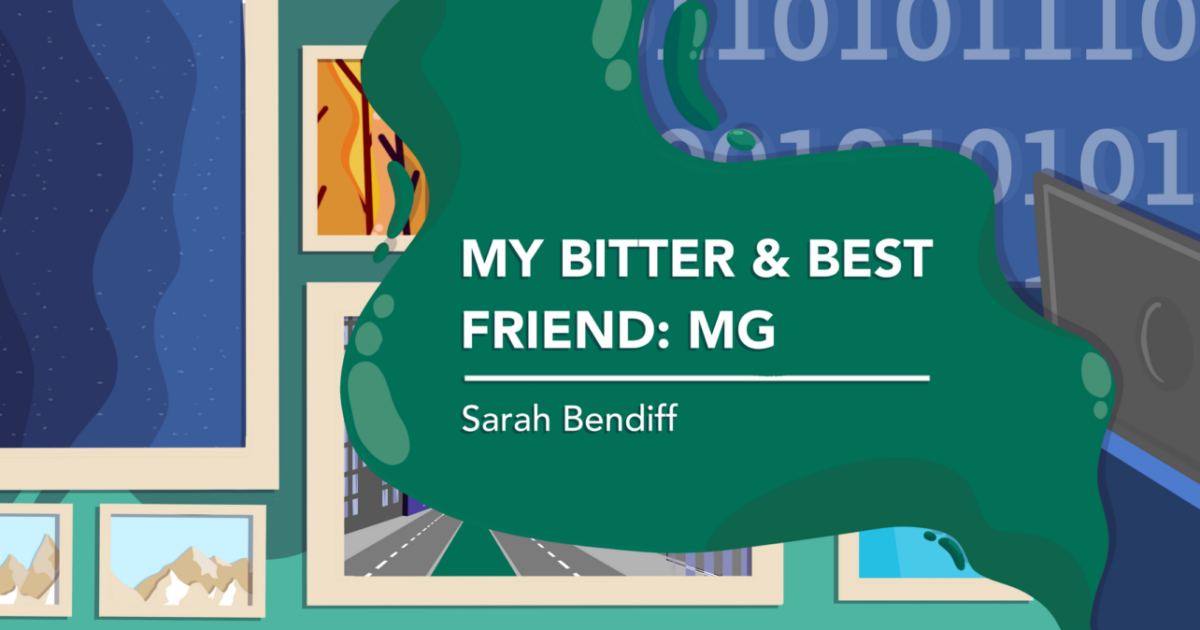Note: This column describes the author’s own experiences with various alternative therapies. Not everyone will have the same response to these methods. Consult your doctor before starting or stopping a therapy.
During a myasthenia gravis flare-up in 2019, just before the COVID-19 pandemic, I completely lost the ability to walk. My legs simply refused to cooperate, and despite multiple doctor visits, no real solutions were offered. Eventually, I lost hope.
I started looking for a wheelchair and mentally prepared myself for a life indoors. Here in Algeria, we don’t have many accessible roads or wheelchair-friendly public spaces, so being in a wheelchair felt like a life sentence.
Then, something unexpected happened.

One morning at 7 a.m., a woman showed up at my house. She was my doctor’s aunt and also a friend of my grandmother. She’d heard about my condition and was devastated. But instead of sympathy, she brought a solution. She asked me to get dressed and follow her.
She took me to an energy healer. At first, I thought she’d lost her mind. I’d already tried various types of alternative therapies — some religious, some energetic — many of which claimed my illness was caused by the evil eye or black magic rather than what it truly is: a rare neuromuscular disease.
Still, I followed her.
At my first session, the healer told me we were going to “make some space in my head.” I lay down, and she placed natural stones on my chakras. I rested for 30 minutes while she performed energy cleansing and recharging. At the end, she asked me to stand up and walk.
I laughed. I thought she was joking.
But then I stood up … and I walked.
To this day, I don’t understand how it happened. I never thought I’d be telling this story until I read Shawna Barnes’ column about Reiki, which reminded me how alternative methods can sometimes bring unexpected relief.
My experience with alternative therapies
Over the past six years, I’ve tried many approaches: Reiki, pranic healing, Sujok therapy (a Korean form of acupressure), and even the Sadhu nail board. All of them have helped me in some way. Although there’s no scientific evidence to back up their effectiveness, and I don’t understand how they work, I can say that, for me, they work like magic.
These therapies are gentle, using only stones, light touches, or fine needles. There’s no pain, no bleeding, and nothing that interferes with my ongoing medical treatment. Even my doctors, though skeptical, support my use of these methods. Their advice has always been: “If it helps and doesn’t hurt, go for it.”
The biggest change wasn’t in my physical condition, but in my mindset. I stopped focusing on healing and instead shifted to caring. I now see my body as something to support, not fix. When I feel pain or exhaustion, I turn first to my physiotherapist, energy therapist, or nutritionist before reaching for painkillers or sedatives.
This change also encouraged me to start therapy — something I avoided for years. Psychological therapy helped me process the trauma of living with a rare disease, the heartbreak of dropping out of university, and the difficulty of maintaining a social life and hobbies when my body often says no.
Of course, I know this world isn’t free of scams. Some people take advantage of our vulnerability, offering false hope in exchange for money. I’m grateful I’ve only met honest professionals — ones who don’t overcharge and who even tell me when they believe their method won’t help me anymore.
Alternative therapy saved my life — or, at least, it saved my spirit. It opened my eyes to a more balanced way of managing chronic illness. But I’m also fully aware that it’s not a replacement for medical care. For me, the key is balance: combining the emotional and energetic support of these methods with the scientific structure of traditional medicine.
My advice? Always check the therapist’s background and certifications. Make sure they’re recognized by the official organizations that oversee the practice you’re exploring. And be careful — if a practitioner charges an unusually high price or tries to push training courses on you right away, that’s a red flag.
But if what you need is a break, a moment where your body feels light and your mind feels clear, then ask your care team about alternative therapies. For me, these energy sessions have been life-changing, bringing me peace, strength, and, on some days, the ability to walk again.
And for that, I’m incredibly grateful.
Note: Myasthenia Gravis News is strictly a news and information website about the disease. It does not provide medical advice, diagnosis, or treatment. This content is not intended to be a substitute for professional medical advice, diagnosis, or treatment. Always seek the advice of your physician or other qualified health provider with any questions you may have regarding a medical condition. Never disregard professional medical advice or delay in seeking it because of something you have read on this website. The opinions expressed in this column are not those of Myasthenia Gravis News or its parent company, Bionews, and are intended to spark discussion about issues pertaining to myasthenia gravis.
link

